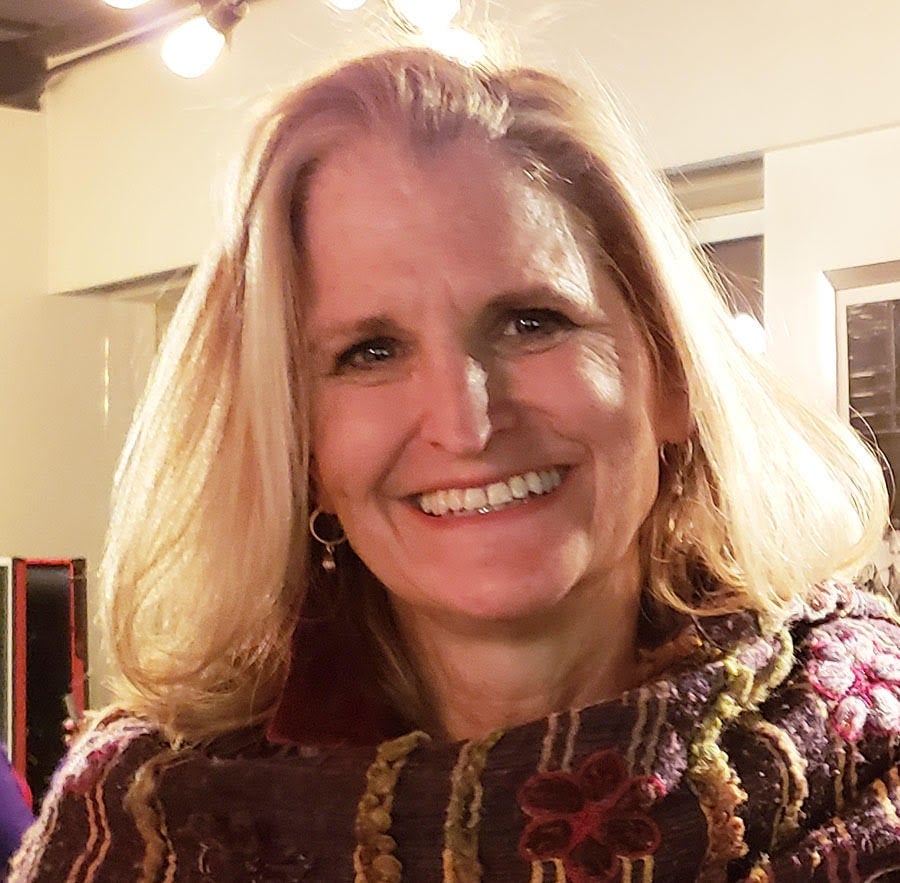This website for older women doesn’t bemoan the sunset years—it celebrates them
When her youngest kid left for college, Jeannie Ralston didn’t know what to do. She had spent her career as a magazine writer and editor, had lived all over the world, had built and sold multiple businesses. But despite her active life, an empty nest left her “stabbing [her]self in the heart, feeling like it’s all over,” she recalled recently. She was only 55, she had a lot of years left—what was she supposed to do with them?


When her youngest kid left for college, Jeannie Ralston didn’t know what to do. She had spent her career as a magazine writer and editor, had lived all over the world, had built and sold multiple businesses. But despite her active life, an empty nest left her “stabbing [her]self in the heart, feeling like it’s all over,” she recalled recently. She was only 55, she had a lot of years left—what was she supposed to do with them?
Looking for advice, Ralston sought out stories targeted toward people her age. She was disheartened by what she saw. Publications were playing it too safe, not talking about the issues she and her friends would talk about, like politics. “Everything was a little patronizing or overly earnest,” she said. “They made us seem like we already had one foot in the grave.”
She thought she could do something about the kind of outlets available to older women—and maybe even change how they were portrayed in the media.
“I know how my friends and I are—we talk the same as ever,” Ralston explains. “We laugh. We go on road trips. We drink too much. We talk about politics and books. I wanted something that reflected how we relate to each other, about how being this age makes you feel like you’re free again.”
In February 2017, when she was 56, Ralston founded the online magazine NextTribe. Intended for an audience of women over 45, it features articles on life in middle age, with focuses on mental and physical health, connecting to others, travel, and “purpose.” “In my mind, it was really that important the writing not just be a placeholder—[I wanted] original content for everything,” Ralston said. NextTribe also offers in-person meetups in the form of speaking events in several US cities as well as international and domestic vacations.
Older women as a demographic have long been ignored. A 2016 study found that women only make up 20% of characters over 40 in film. Brands don’t advertise to older women, despite the fact that women over 50 in the US have an estimated $15 trillion in purchasing power, accounting for 27% of all consumer spending. The average lifespan for an American woman is 81. Why should she be ignored for half of that?
“The invisible woman might be the actor no longer offered roles after her 40th birthday, the 50-year-old woman who can’t land a job interview, or the widow who finds her dinner invitations declining with the absence of her husband,” the writer Akiko Busch noted in an essay for The Atlantic.
Now, though, older women are starting to get more attention—as consumers, as leaders, as people. Raltson believes social and political forces have played a role in this shift. “When women in the entertainment industry take charge of the storytelling and we see ourselves reflected in entertainment, it has an impact on how we feel about ourselves,” Ralston said. Of course, the 2016 election and its aftermath figure in: “Wherever you were politically, whether you liked Hillary or not, something about the way she was treated hit a nerve in women in our age group,” Ralston added. She figured it was the perfect time to start something like NextTribe.
Ralston seems to have struck a chord with readers. The NextTribe site gets 130,000 visitors each month; the last Out Loud event, held in May in Los Angeles, had 175 attendees. For now, the company makes money through sponsorship of these events and advertising on the site, though Ralston says she plans to expand on those strategies.
And she isn’t going to slow down. Ralston only sees NextTribe getting bigger—more readers, more attendees, more everything. She wants to be the “go-to voice for women in this age group, the go-to resource for people who want to know about women in this age group,” she said. For her, and many older women like her, the mission is worth it. “What we’re doing well is making women feel energized and vital and fun. There’s so much to look forward to.”